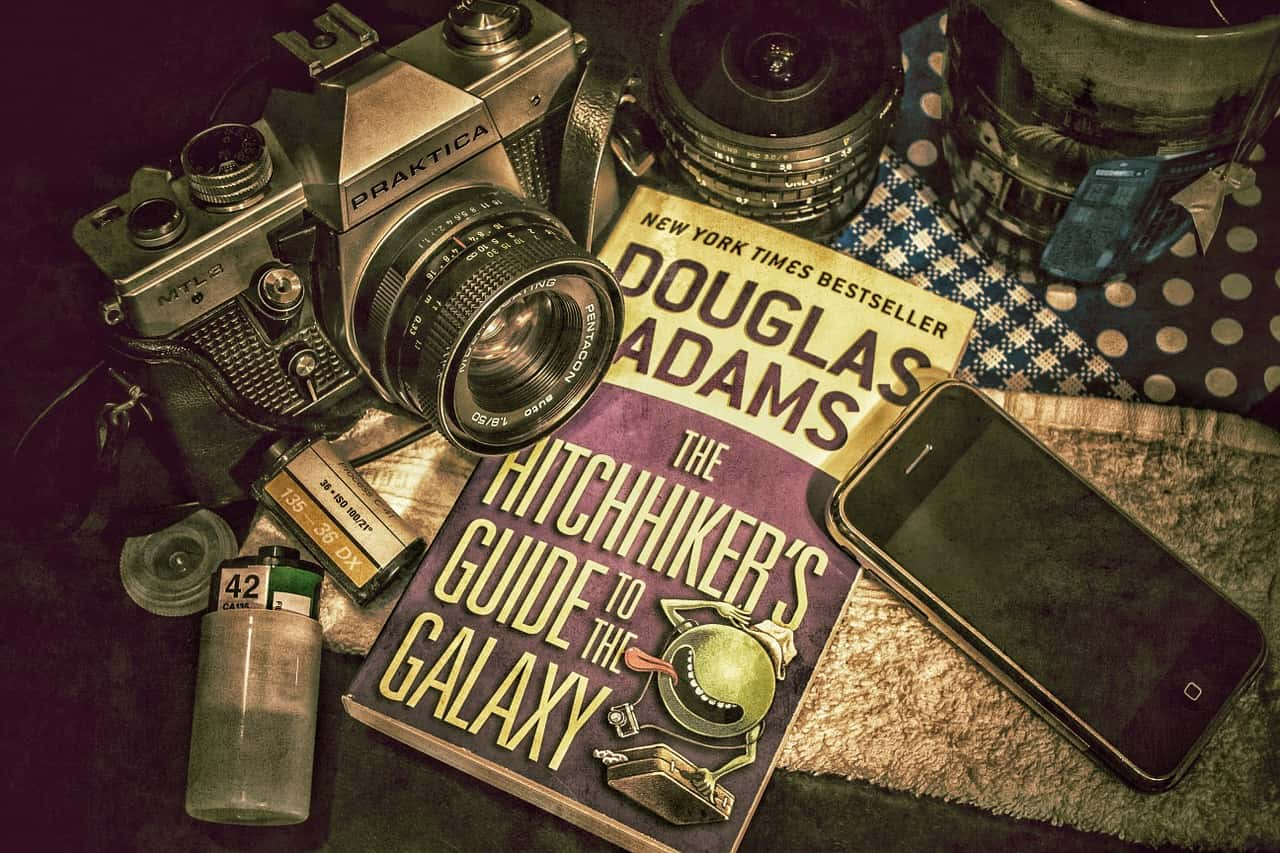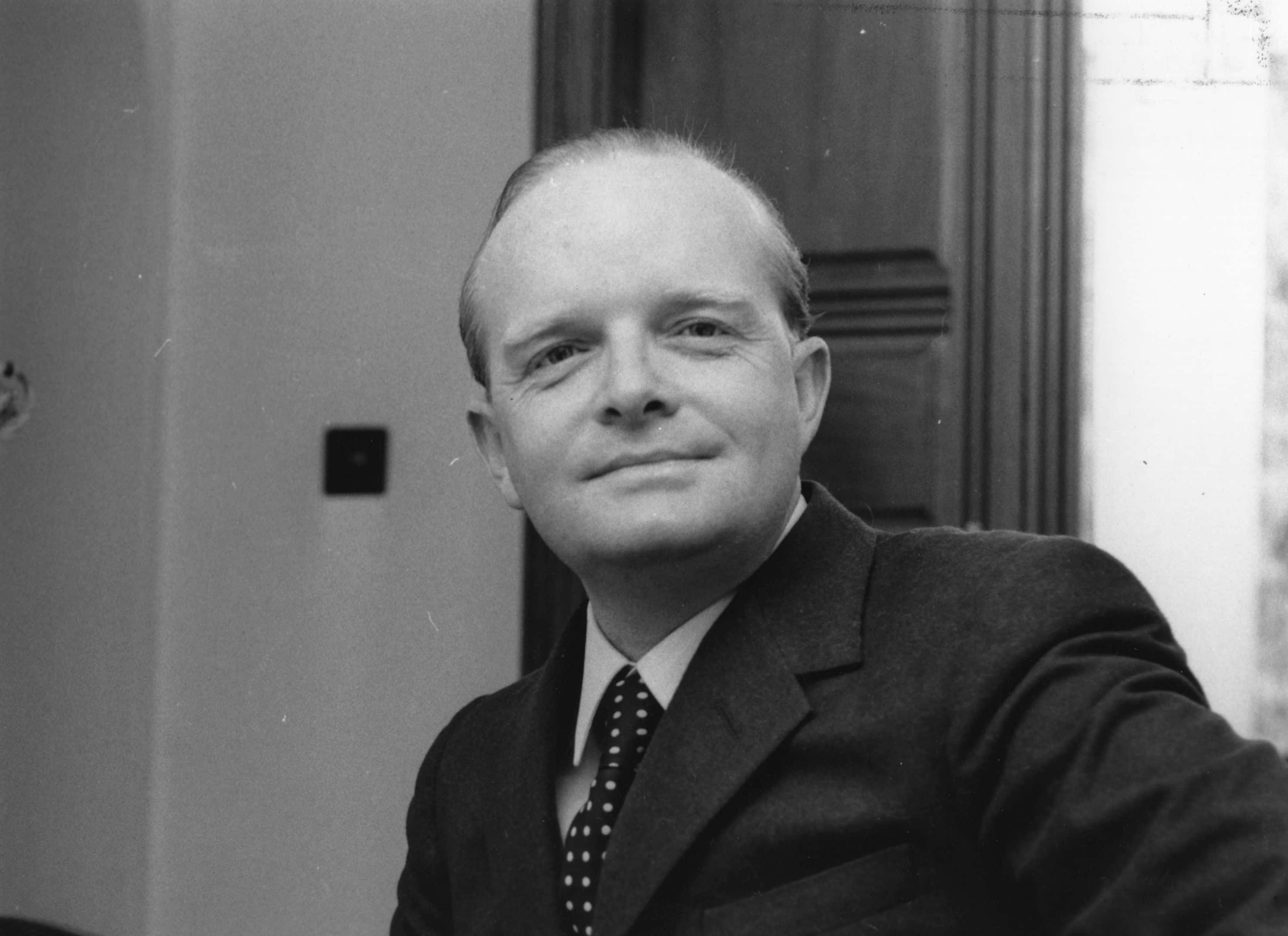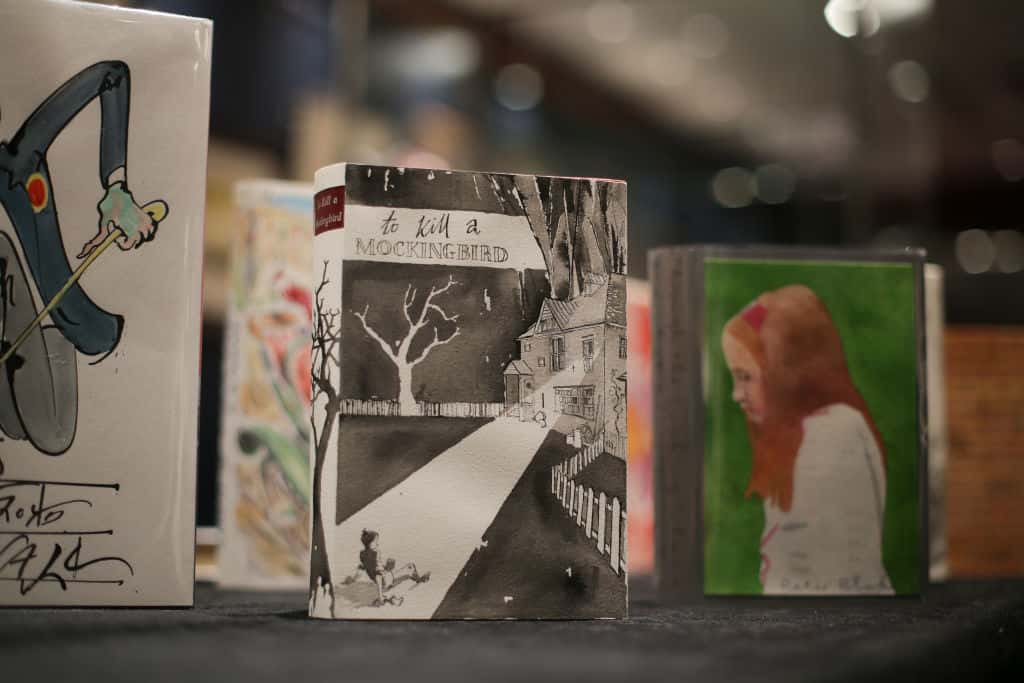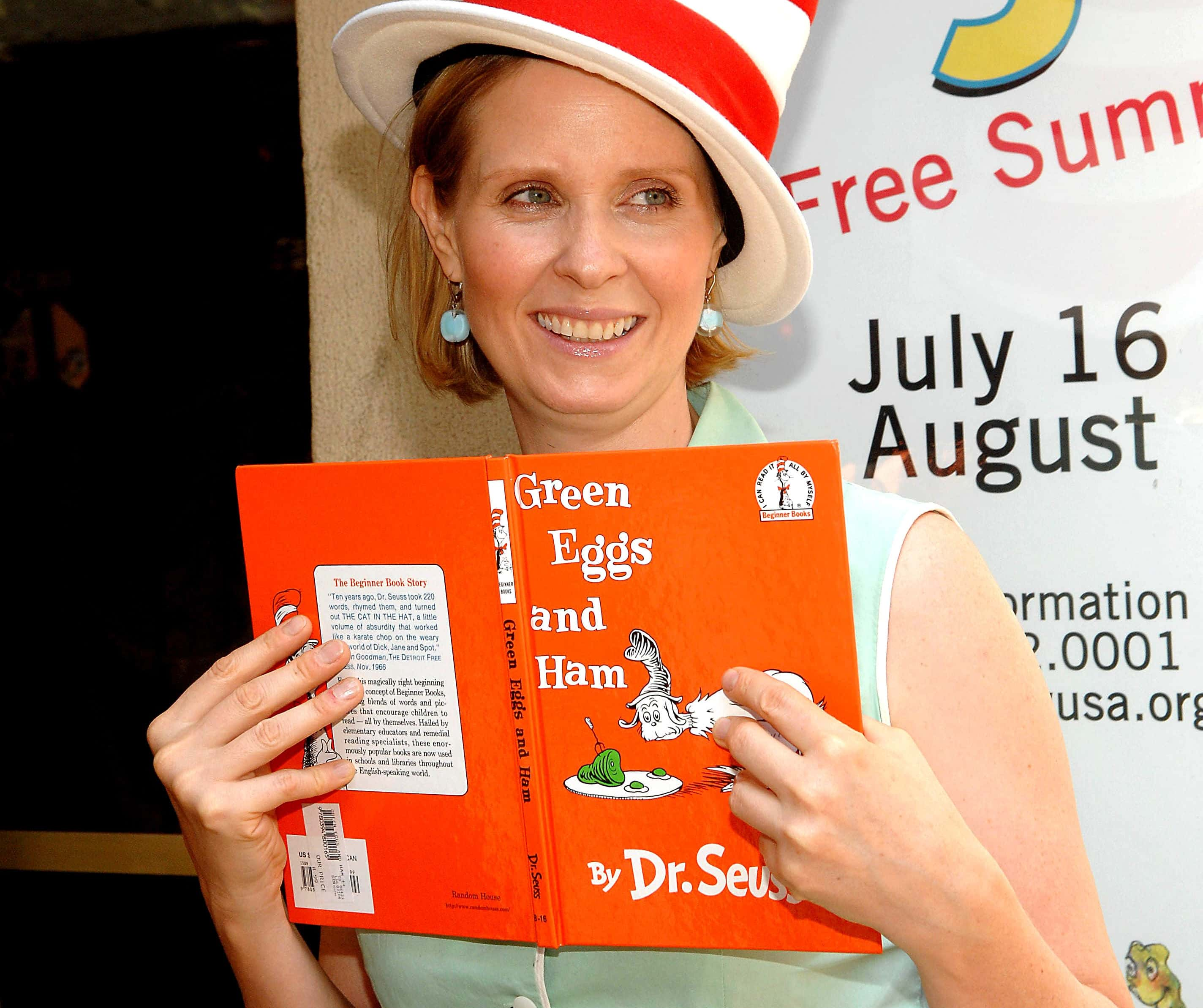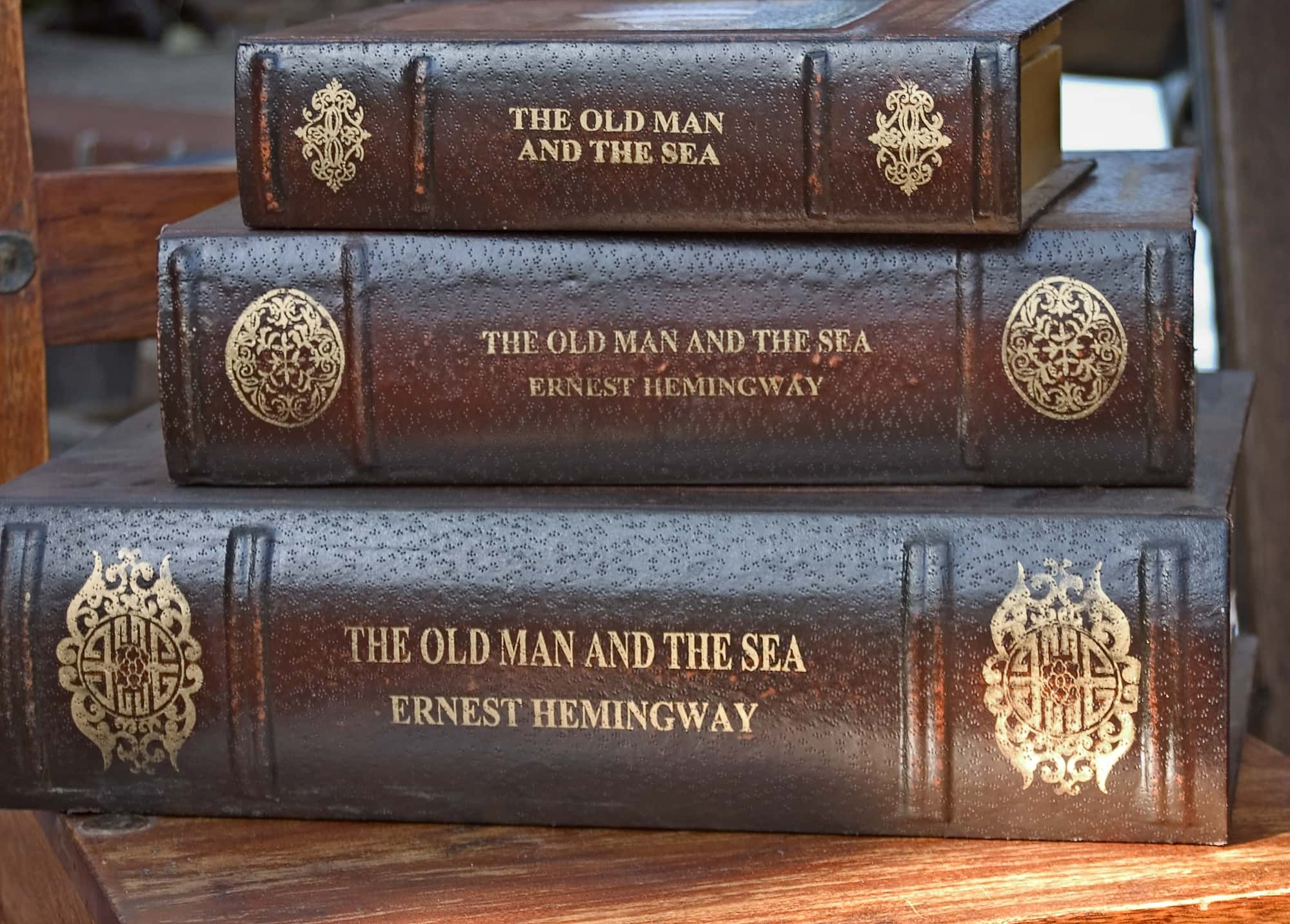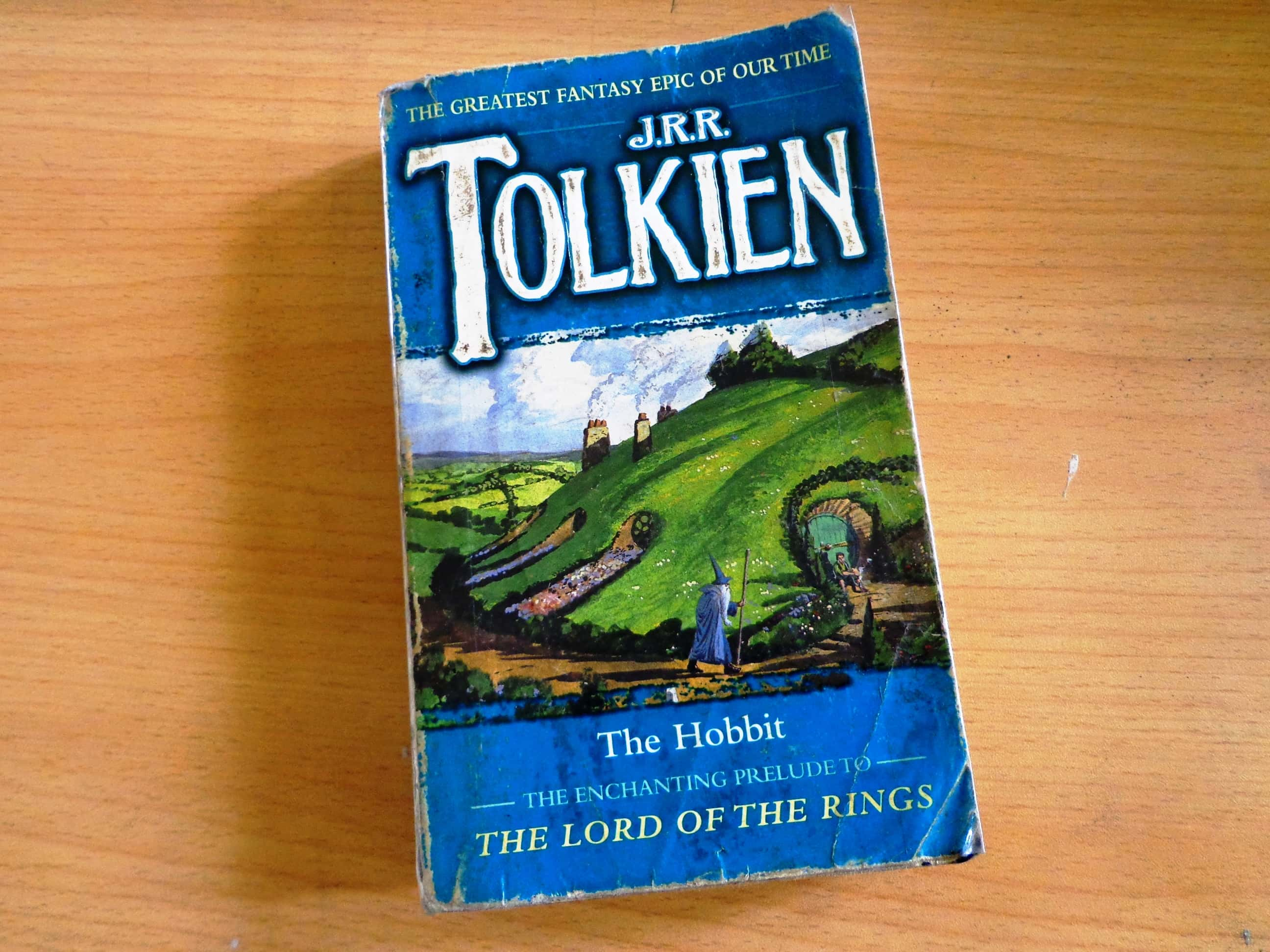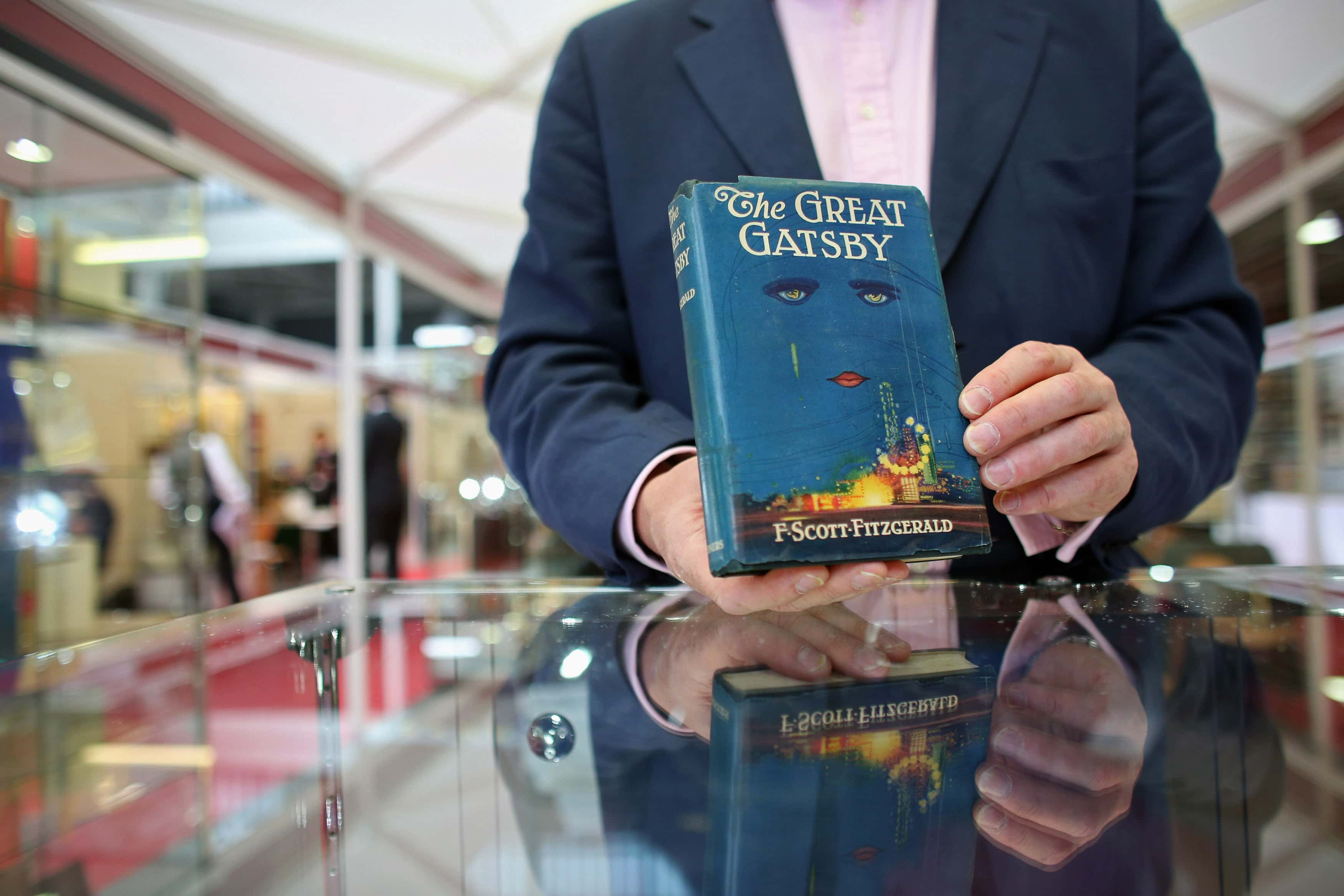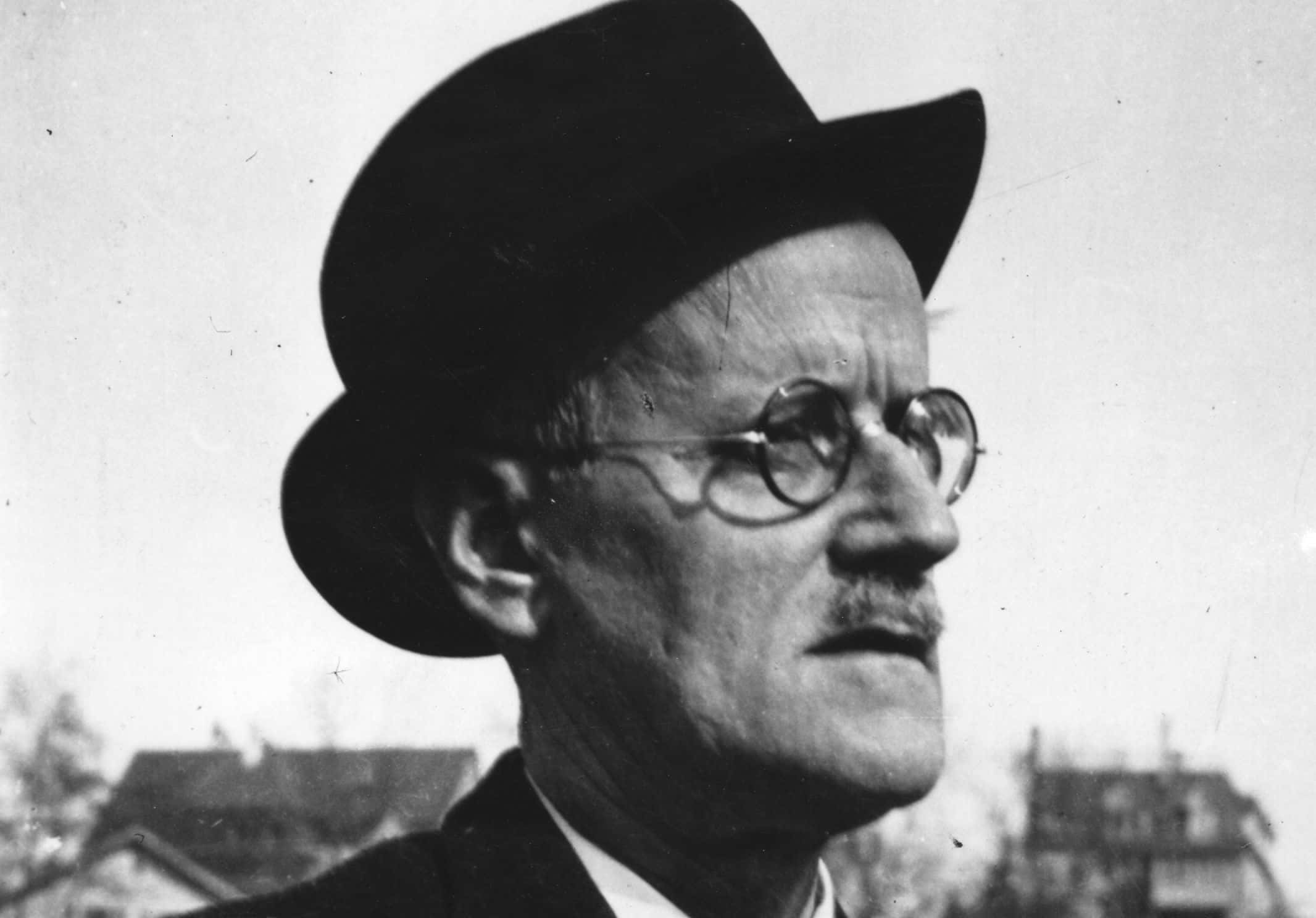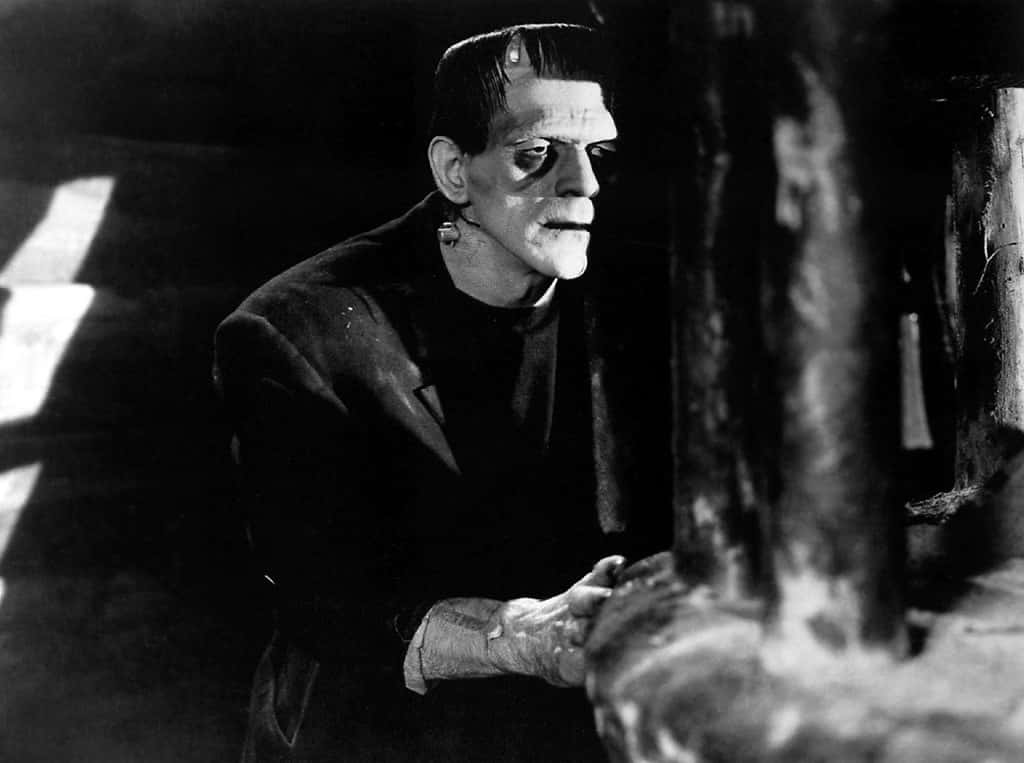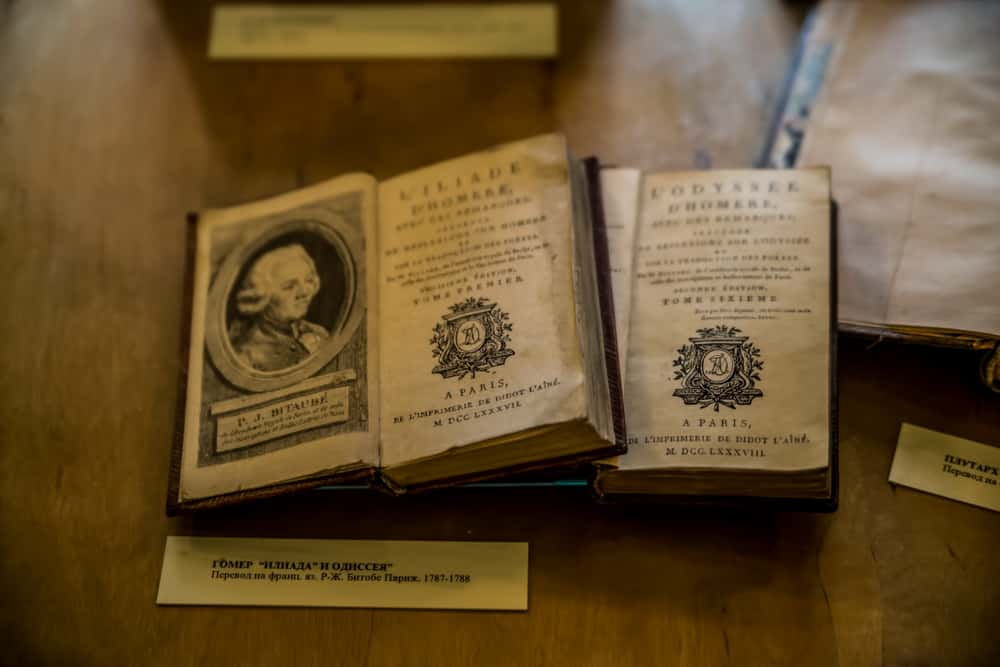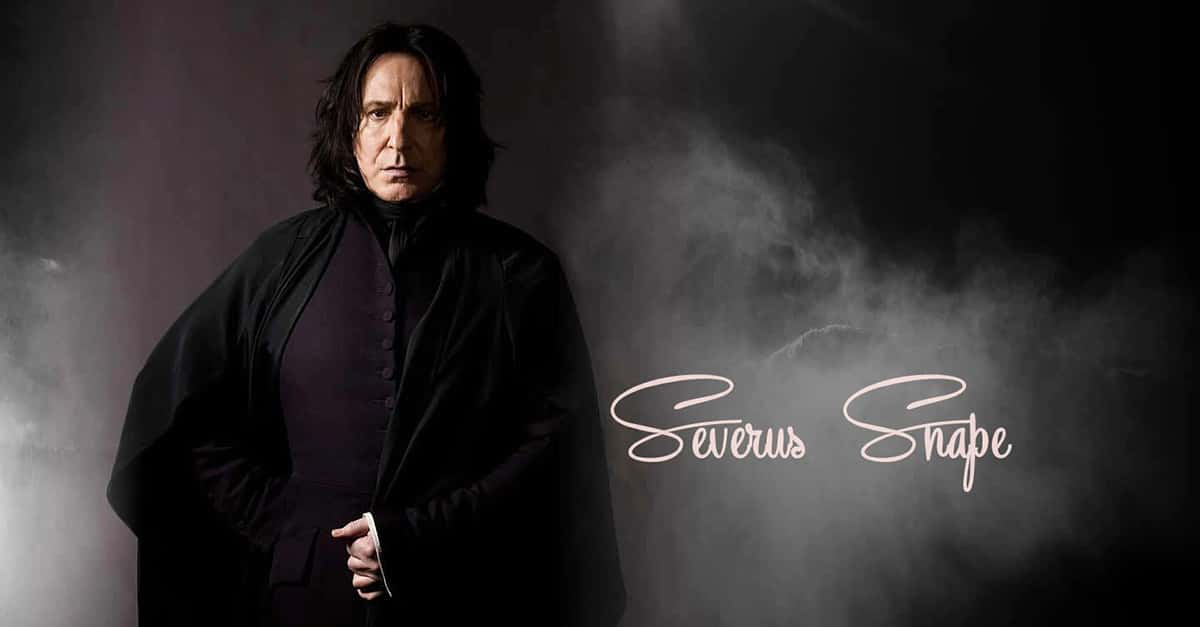“Books are a uniquely portable magic.” —Stephen King
Whether you like romance, horror, fantasy, mystery, or anything else, there’s a book for everyone. Some people read the classics and some people cruise the latest best sellers, so here’s a list of 42 facts about books that spans thousands of years.
Books Facts
42. A Really Big Fan
The phenomenon that is Fifty Shades of Grey began life as Twilight fan fiction. Shortly after reading the popular vampire series, Erika Mitchell, better known by the pen name E.L. James, began posting her own stories about Edward and Bella to fanfiction.net. Several of her stories were considered too racy for the website and were eventually taken down, but James wasn’t deterred. She altered one of her stories, changed Edward and Bella to Christian and Anastasia, and Fifty Shades of Grey was born.
41. 10,000 Hours
If you’ve ever heard of the so-called “10,000 hour rule,” you can thank Canadian writer Malcolm Gladwell. According to the rule, it takes 10,000 hours of dedicated practice to master any skill, which has become a part of our culture since Gladwell wrote about it in his book Outliers. But Gladwell didn’t come up with the rule himself—it came from a study conducted in the '90s, and the writers of that study have said that Gladwell oversimplified their findings.
40. Did You Catch That?
Ever wonder where the name for The Hunger Games’ bow and arrow wielding protagonist came from? “Katniss” is actually the name of a kind of plant, which also goes by the name “arrowhead.”
39. It Was All a Dream
It can be hard to remember your dreams, but for Stephanie Meyer, author of the Twilight saga, one specific dream stayed with her—and she’s lucky that it did! She dreamt of a plain girl and a beautiful, sparkling vampire talking to each other in a field. The dream was so vivid that it inspired her to start writing the Twilight series. According to Meyer, Chapter 13 of the first book is essentially a transcription of what happened in the dream. She even remembers the exact day that it happened: June 2nd, 2003.
38. Early Riser
You’d have to get up pretty early in the morning to put something past Dan Brown, the bestselling author of The Da Vinci Code and many other novels. Specifically, you’d have to get up before 4am—that’s when Brown gets up every single morning to write. He also gets up every 60 minutes to do push-ups.
37. Birthday Buddies
In Harry Potter and the Philosopher’s Stone, Harry celebrates a lonely 11th birthday on July 31, 1991. Harry shares that birthday with none other than J.K. Rowling herself, who was born on July 31, 1965.
36. Vocab Test
David Foster Wallace’s Infinite Jest is maybe even better known for being a really long and challenging read than it is for being a masterpiece. Clocking in at over 1,000 pages, the novel uses 20,584 unique words out of 577,608 total.
35. Real Experience
Before she wrote Push (the basis for the movie Precious), the heavy-hitting story of a young, illiterate black woman who suffers abuse at the hands of her parents, author Sapphire worked as a remedial reading teacher in Harlem. She worked with many girls like Precious, the novel’s protagonist, and she decided to write the book because she figured if she didn’t, no one else would.
34. Powerful Stories
Toni Morrison’s novel Beloved is one of the most acclaimed novels in American history. It’s based on the true story of a slave named Margaret Garner, who killed one of her children rather than allow them to return to slavery. Morrison did an enormous amount of research to write the book, but one thing she didn’t research was the story of Garner herself—she refused to learn more about the story because the bare-bones facts of it were stark enough for her to be inspired to write.

History's most fascinating stories and darkest secrets, delivered to your inbox daily.
33. Dark Fairy Tale
Although it’s hard to picture at first, Stephen King says that the fairy tale "Three Billy Goats Gruff" was a major inspiration for his novel It. In the story, three goats want to cross a bridge but a frightening troll underneath it won’t let them. King envisioned the city of Derry, Maine as the bridge, and the sewers as the home of the troll underneath, who became the murderous clown Pennywise.
32. That Sounds Familiar…
When he was writing Watchmen, Alan Moore happened upon a description of an episode of The Outer Limits called “The Architects of Fear,” and noticed that it was very similar to his own story. The resemblances are supposedly accidental, and although Moore’s editor wanted him to change the story, Moore stuck with what he had, similarities and all. But, as an homage to the show, at the end of Watchmen a character is watching television and “The Architects of Fear” is on.
31. Science Fiction or Science Fact?
Margaret Atwood’s The Handmaid's Tale presents a horrifying future where fertile women are kept as slaves for procreation, but Atwood says that the book should not be considered science fiction. Instead, she labels it as speculative fiction because while the world she created doesn’t exist, all of the atrocities that happen in that world have real-world precedents that were happening somewhere in the world at the time she wrote the book.
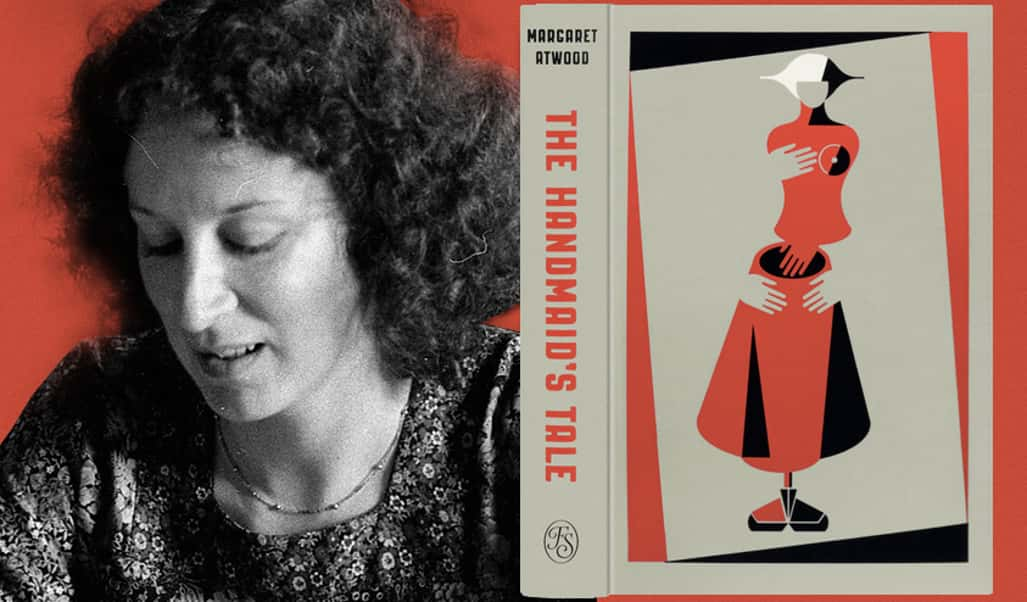 Wikimedia Commons, Kvlakshmisree
Wikimedia Commons, Kvlakshmisree
30. Space Jazz
L. Ron Hubbard, the founder of Scientology and prolific science-fiction writer, also dabbled in music. He accompanied the release of his 1982 sci-fi novel Battlefield Earth with a soundtrack titled Space Jazz.
29. In a Haze
Though he has been sober for decades, Stephen King struggled with drug and alcohol addiction for many years in the late seventies and early eighties. It go so bad that in 2012, he admitted that he didn’t even remember writing Cujo, one of his most popular novels.
28. A Face Book Made for Radio
An amazing blend of comedy and science fiction, the Hitchhiker’s Guide to the Galaxy series is by far British author Douglas Adams’ most revered work. But while most people know it as a series of novels, it actually began life as a serialized radio program that was broadcast on the BBC in 1978—all of the novels came after.
27. Blood Money
Slaughterhouse-Five was Kurt Vonnegut’s attempt to write a book about the fire-bombing of Dresden during World War II, an event that Vonnegut himself lived through as a POW. A virulent anti-war critic, Vonnegut would later admit to a troubling conclusion—as he figures it, he’s the only person that benefitted from the horrific bombing, since it inspired the book that eventually made him rich.
26. Quite the Teacher
When he was studying at Cornell University, future reclusive novelist Thomas Pynchon very likely took took a class with the legendary Vladimir Nabokov, who taught there at the same time. Something must have stuck, because Pynchon would end up referencing Humbert Humbert, the protagonist from Nabokov’s Lolita, in his own novella The Crying of Lot 49.
25. I Was Here First
Truman Capote’s non-fiction novel In Cold Blood was one of the first ever books in the true crime genre, but the hugely successful work was almost blocked by another writer. Before being interviewed by Capote, Richard Hickock, one of the killers about whom In Cold Blood is based, spoke to a journalist named Mack Nations. Nations, assuming he had the exclusive rights to the story, was furious, and threatened to sue Hickock if he kept speaking with Capote. Fortunately for Capote, the threats never came to anything.
24. Childhood Friends
Speaking of Capote, he was actually a close friend to Harper Lee, the author of To Kill a Mockingbird. They were next-door neighbors when they were young, and Lee actually based the character of Dill from her iconic novel on Capote. In kind, Capote featured a tomboy character similar to Lee in some of his early works.
23. Poetic Justice
The Dr. Seuss book Green Eggs and Ham once inspired a particularly creative judge. When he was sent a hard-boiled egg in the mail from a prisoner who was protesting the food in prison, US District Court Judge James Muirhead gave this response:
I do not like eggs in the file.
I do not like them in any style.
I will not take them fried or boiled.
I will not take them poached or broiled.
I will not take them soft or scrambled.
Despite an argument well-rambled.
No fan I am,
Of the egg at hand.
Destroy that egg!
Today!
Today!
Today I say!
Without delay!
22. Mates with Yeats
The title of African literary icon Chinua Achebe’s landmark novel Things Fall Apart is a line borrowed from the poem “The Second Coming” by Irish poet W.B. Yeats. The poem portrays a world of manic chaos, which is similar to the Africa that Achebe showed in his book.
21. Philosophical Storytelling
Atlas Shrugged is a leviathan of a book written by Ayn Rand, and it was seen as a statement on Rand’s personal philosophy of Objectivism. It takes place in a future where government regulation places extreme stress on private businesses, falling right in line with Objectivism’s belief that personal self-interest is the only logical approach to life, and the only system that allows for this is laissez-faire capitalism.
20. Just. Keep. Writing.
Much of the wild writing of the Beat generation was about spontaneity, and Jack Kerouac’s On the Road is no different. Widely assumed to have been fuelled by benzedrine (although Kerouac said all he needed was coffee), he famously sat down and wrote the book in a span of just three weeks. To make the process as fluid as possible, he wrote the entire thing on one long scroll that he fed into his typewriter.
19. I’m a Flat Middle-Earther
Middle-Earth, the setting of The Lord of the Rings, is technically a continent in a larger world called “Arda,” which was originally as flat as the Earth is round. Then, just before the events of the War of the Ring, the gods reshaped Arda into a sphere to make The Undying Lands, a heaven-like continent, inaccessible to men.
18. Gregorio and the Sea
When he was asked who the old man in his novel The Old Man and the Sea was based on, Ernest Hemingway said that is was nobody in particular, but he was maybe being a little dishonest. He did have an old fishing buddy named Gregorio Fuentes who happened to have bright blue eyes, was from the Canary Islands, and lived a long life as a fisherman; all traits he shared with the titular old man.
17. Nonsense? Genius? Genius Nonsense?
James Joyce published the complete version of Ulysses in 1922, and it made him something of a literary rock star. But afterwards, he didn’t publish another novel until 1939, and when he did finally release a book it was one of the most notoriously difficult works of literature ever seen. Upon first glance, the book, called Finnegan's Wake, looks like complete nonsense. It’s filled with made-up words and has an unrecognizable structure. But, over the many decades since its release, several different writers have tried to tackle the task of deciphering it. Even still, while parts of the book, like certain characters and events, are generally agreed upon, much of the book is still a complete mystery.
16. Mother Tongue
J.R.R. Tolkien published The Hobbit in 1937, his first of many works set in Middle-Earth. But the story of Tolkien’s world began many years earlier. Tolkien was a linguist long before he was a fantasy writer, and he liked to make up languages in his spare time. Around 1910, he began work on the language he called Quenya, which you might know as Elvish, and he would later develop several other languages that would all play a major role in the world he would eventually create.
15. Inspiring Words
Ralph Ellison was one of the most important figures of the Harlem Renaissance, and his magnum opus The Invisible Man is still known as a landmark work of American literature. But for a book that became so important, it began very simply. Before he had any ideas for the novel at all, Ellison spontaneously wrote the words “I am an invisible man” on his typewriter. Those words would become the opening sentence of his book.
14. The Great… Trimalchio
F. Scott Fitzgerald wasn’t always set on the title of The Great Gatsby, and he threw around several other names before picking one. Some of the names he considered were Ash-Heaps and Millionaires, Gold-Hatted Gatsby, Trimalchio and Trimalchio in West Egg. Trimalchio was a character from an Ancient Roman satire who pretended to be rich when he was not. The connection is clear, but apparently Trimalchio didn’t have quite the same ring as The Great Gatsby.
13. Will the Real Mrs. Dalloway Please Stand Up?
Virginia Woolf had a childhood friend named Kitty Maxse who would grow up to be a genteel socialite wed to a wealthy and prominent man. Just before Woolf wrote the novel Mrs. Dalloway, Maxse died by falling over a bannister. This event affected Woolf, who suspected that the death may not have been an accident, and based the character of Clarissa Dalloway on Maxse.
12. An Irish Odyssey
All of James Joyce’s Ulysses, a modern retelling of Homer’s Odyssey, takes place on a single day: June 16, 1904. How did Joyce pick that day (today celebrated around the world as “Bloomsday” after the protagonist Leopold Bloom)? It was the day that he went on his first date with his future wife Nora. Later, in honor of Bloomsday, writers Ted Hughes and Sylvia Plath would be married on that same day in 1956.
11. A Modernist Movie
Modernism was a literary movement that lasted (roughly) from the turn of the 20th century until shortly after World War II. One of the first, and most important, modernist books is Joseph Conrad’s Heart of Darkness, about a man who travels down the Congo river in Africa. Francis Ford Coppola would later adapt this story for his movie Apocalypse Now, changing the setting from turn-of-the century Africa to the middle of the Vietnam War.
10. A Flair for the Dramatic
Everybody knows that Dracula was based on the real life count known as Vlad the Impaler, right? Well actually, not quite. Dracula did get his name from Vlad (who was part of the House of Drăculești), as well as a couple of details from his backstory, but that’s about it. Though Bram Stoker’s notes are missing, so it’s hard to say for sure, it’s much more likely that Dracula’s character was based on vampire stories from European folklore, and his personality was almost certainly based on Henry Irving, a theatre actor and co-worker of Stoker’s.
9. Don’t Give Up
It takes a lot of drive and commitment to write a book. Just ask Leo Tolstoy, the author of War and Peace. In all, it took Tolstoy more than six years to write the novel, but most of that went at a relatively smooth pace, all things considered. Tolstoy spent an entire year on the book’s first scene. He refused to move on with his novel before he got the opening scene just right, and he went through 15 drafts before he was satisfied.
8. A Whale of a Tale
The eponymous whale from Herman Melville’s Moby Dick seems more monster than beast, but it was actually based off of two real whales that terrorized whalers during the 19th century. The first, called Mocha Dick, was a 70 foot long albino sperm whale that was known to defend itself violently when attacked. Another, unnamed whale, also helped inspire Melville when it managed to sink the whaling ship the Essex in 1820. That story would also be the basis for the movie In the Heart of the Sea.
7. Slow but Steady
When Emily Brontë, of the famous Brontë sisters, published her only novel, Wuthering Heights, it was not initially received as a classic. It was considered quite shocking by its Victorian audience, and though some critics enjoyed it, many others detested it. It wasn’t until many years later that the book came to gain the reputation it enjoys today, but unfortunately, Emily wasn’t there to see it. She died of tuberculosis at age 30, never knowing that Wuthering Heights eventually gained worldwide renown.
6. Horror Prodigy
Most people know that the story of Frankenstein’s monster, the creature that has fascinated western culture for 200 years, started out in Mary Shelley’s book Frankenstein; or, The Modern Prometheus. But did you know that Shelley started work on the gothic novel at just age 18, and it was published when she was just 20?
5. Life Experience
Some aspects of Pride and Prejudice came from real events in Jane Austen’s life: the romance of Elizabeth Bennet and Mr. Darcy was likely inspired by a flirtation Austen had with a man named Tom Lefroy, although some scholars suggest it is Darcy who takes on Austen's characteristics, while Lefroy is represented in the gregarious Elizabeth.
4. A Grisly Edition
There have been countless editions of John Milton’s epic poem Paradise Lost, so it would take something pretty unique to make one stand out. Well, what about one that was bound in human skin? Because that actually does exist: An 1852 copy of Milton's Poetical Works was bound in the skin of murderer George Cudmore.
3. Had to Start Somewhere
Hundreds of thousands of novels are published every single year—it’s one of the most common forms of long-form storytelling he have. But where did it all begin? Many critics agree that the very first “modern” novel is Cervantes’ Don Quixote. Although there are earlier works that could potentially be considered “novels,” certain features of the book, including the character arcs and the dialogue, distinguish it from what came before it.
2. It’s Not All Bad
Many people have heard of Dante’s Inferno, the epic poem that lays out the concept of the nine circles of hell, but not everyone knows that it’s just one part of Dante Alighieri’s much larger work The Divine Comedy. After Inferno, which takes place in Hell, the poem features the parts Purgatorio (purgatory) and Paradiso (paradise).
1. One Long Game of Telephone
Homer’s Iliad, about the story of the Trojan War, is one of the most important pieces of Ancient Greek literature. It was revered by the Greeks in its day, helped form major parts of Greek mythology, and is still widely read and studied even today, nearly 3,000 years since it was first created. But while today we have settled on an accepted version of the story, it was initially passed down via oral-tradition—for centuries, rather than being written down, the poem was more often spoken aloud, and aspects of it would change through different re-tellings.
Sources: 1, 2, 3, 4, 5, 6, 7, 8, 9, 10, 11, 12, 13, 14, 15, 16, 17, 18, 19, 20, 21, 22, 23, 24, 25, 26, 27, 28, 29, 30, 31, 32, 33, 34, 35, 36, 37, 38, 39, 40, 41, 42, 43, 44, 45, 46















